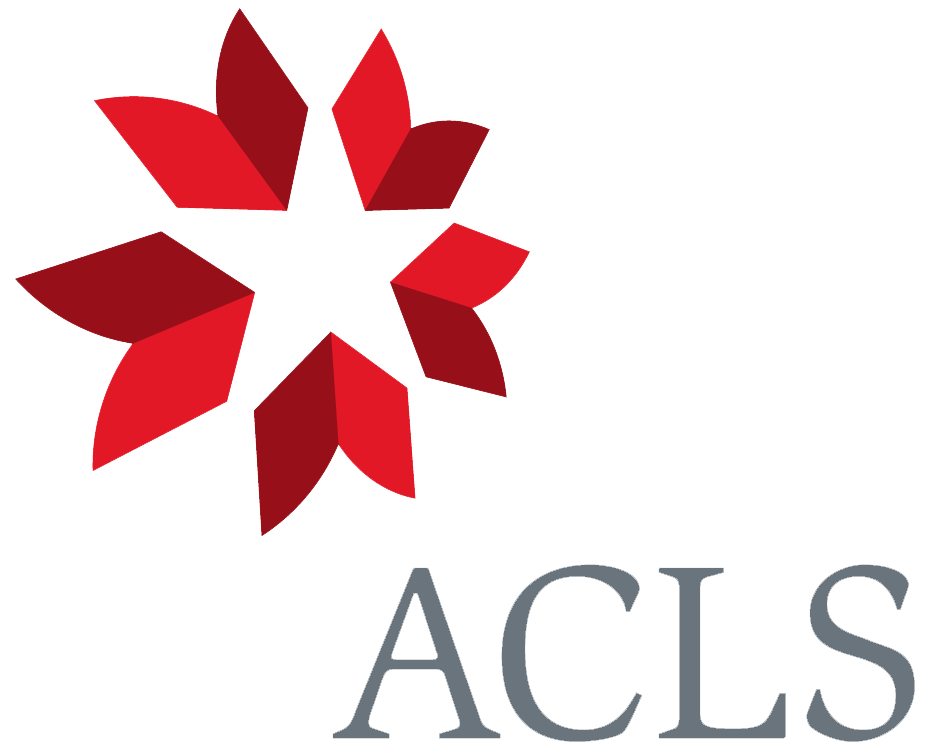To J. D. Hooker 1 December [1861]
Down. | Bromley. | Kent. S.E.
Dec. 1st
My dear Hooker
The Catasetum arrived quite safe, but I have not seen it, as it is at friends hot-house, & I hear it has splendid truss of buds, which I am so very glad of, as I have thought of many experiments to try.—1
The Bolbyphyllum came, also, quite safe; but alas I can see no trace of irritability in Labellum.—2
Hearty thanks for the orchid-flowers: one of Maxillaria showed me quite a new movement in caudicle, & I was extremely glad of Acropera, which has cost you so much trouble & has so perplexed me.—3 I send to Oliver by this post its wretched rudimentary ovules, with request that he will look at them; for I never looked at an ovule in my life before!4 Yet a blind man (to speak like an Irishman) could see the difference in the ovules of Acropera & of all the many other orchids at whose ovules I have now looked.—
Pray get your foreman G....…? to give me the precise facts about the crossing of Victoria.5
I am very glad to hear that you liked Bates:6 I have seldom in my life been more struck with a man’s power of mind: it is capital about the Plates for Linn. Transactions.— I do not think I could offer him the £10, but perhaps he will want it for the drawing of Plates.—7 His explanation of these mimetic resemblances removes a difficulty which has very long perplexed me, & which never could have been understood without his facts.—8
When Lecoq came I was so disgusted at size, (not so much at price, which is only 3£) that I put the 9 volumes on highest shelf; but I have this evening taken down 1st & 9th vol & have cut pages & will have look & see what it is. If it does not suit me, & does suit you, you may have it for 2£: It seems full of details on range of each individual species.9
How little plants of Africa must be known from what you say of the Laurels!10
Adios.— | your affect— | C. Darwin
P.S. | Have you ever attended to morphology of ovarium of Orchids, & to difference between Brown on one hand, & Lindley & Link on other, on whether it consists of 6 or 3 carpels.— In specimens on glass-slides sent to Oliver, there is row of hairs, or spine-like cells on the intermediate segments (between those which bear the ovules) which I fancy indicate that these segments are independent parts, & not mere lines of splitting, as Brown argues, to favour dissemination of seed.—11
But of course such a point is quite beyond my tether: no one seems to have observed these projecting spine-like cells.—
I wonder who makes abstracts for Gardener Chron: there is capital one on Primula; I am surprised much if Kippist does it so well.—12
Footnotes
Bibliography
Bates, Henry Walter. 1861. Contributions to an insect fauna of the Amazon valley. Lepidoptera: Heliconidæ. [Read 21 November 1861.] Transactions of the Linnean Society of London 23 (1860–2): 495–566.
Lecoq, Henri. 1854–8. Études sur la géographie botanique de l’Europe et en particulier sur la végétation du plateau central de la France. 9 vols. Paris: J. B. Baillière.
Orchids: On the various contrivances by which British and foreign orchids are fertilised by insects, and on the good effects of intercrossing. By Charles Darwin. London: John Murray. 1862.
Origin 4th ed.: On the origin of species by means of natural selection, or the preservation of favoured races in the struggle for life. 4th edition, with additions and corrections. By Charles Darwin. London: John Murray. 1866.
Origin: On the origin of species by means of natural selection, or the preservation of favoured races in the struggle for life. By Charles Darwin. London: John Murray. 1859.
Summary
Rudimentary ovules of Acropera.
High opinion of Bates.
Orchid anatomy.
Letter details
- Letter no.
- DCP-LETT-3337
- From
- Charles Robert Darwin
- To
- Joseph Dalton Hooker
- Sent from
- Down
- Source of text
- DAR 115: 135
- Physical description
- ALS 6pp
Please cite as
Darwin Correspondence Project, “Letter no. 3337,” accessed on 27 July 2024, https://www.darwinproject.ac.uk/letter/?docId=letters/DCP-LETT-3337.xml
Also published in The Correspondence of Charles Darwin, vol. 9


